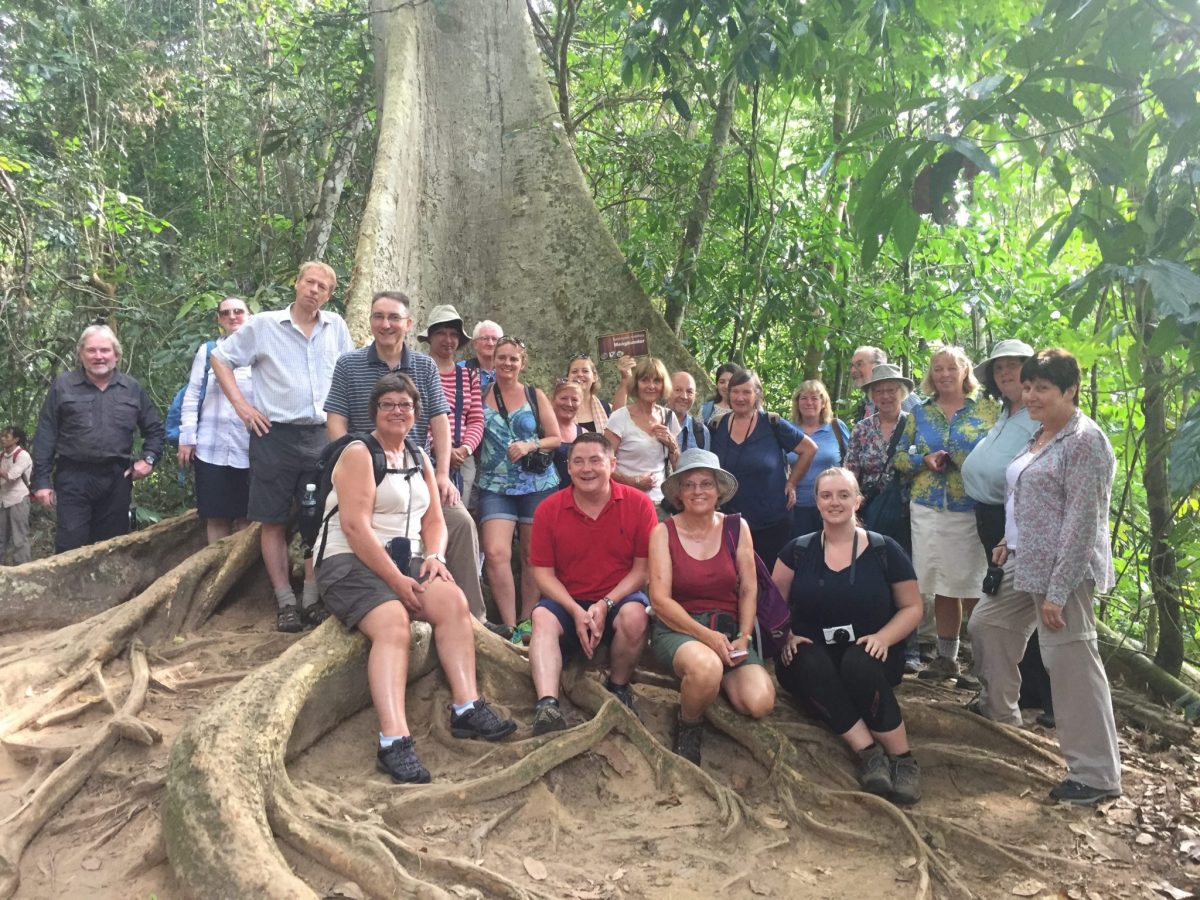
Whilst Singapore might be seen as the smart, successful older brother, Malaysia is the more relaxed, less well dressed sibling, bursting with personality and life. Singapore eases you gently into life in SE Asia in preparation for the more authentic and outlandish treats of Malaysia.
After 3 days in Singapore the GA ISIG study tour group journeyed over the border into Malaysia. Our route was to take us from south to north, from Johor to Penang, from World Heritage cities to primary tropical rainforest.
First impressions of Malaysia
Having dealt with the formalities of border control we arrived at the southernmost tip of Peninsula Malaysia. Now a huge development corridor, Iskandar Malaysia is the result of the Malaysian Government’s ambitious economic goal to make Malaysia a high income economy by 2020. After 10 years of progress, the scale and scope of the development – aimed at boosting industry and manufacturing, attracting foreign investment and creating jobs, whilst maintaining a low carbon society – is certainly impressive. Yet it seems to lack any sense of community and the pristine streets appear soulless and devoid of life. Where is the hustle and bustle, the hawker stalls, the noise of everyday life? It would seem there is still much to be done if the region is to attract more residents, fulfil its aims and successfully compete with neighbouring Singapore.
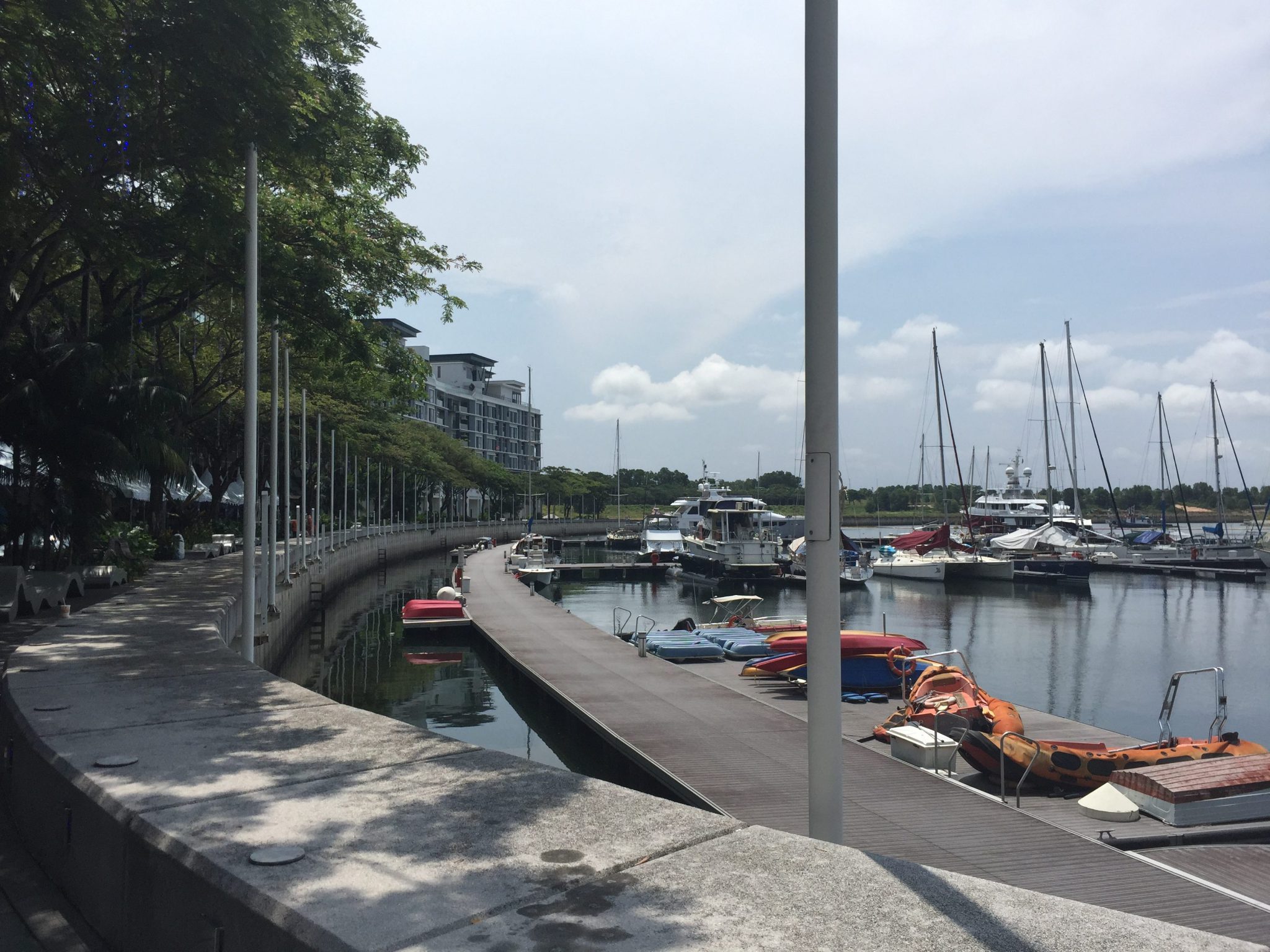
Controversial palm oil industry
Where ever you go, it is hard to escape the fact that Malaysia is one of the world’s largest producers of Palm Oil. Acre after acre of regimented oil palm plantations line highway after highway; the green fronds stretching as far as the eye can see.
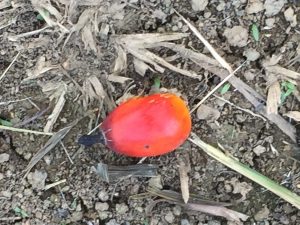
The palm oil industry has played a significant role in Malaysia’s economic growth but it is surrounded by controversy; considered by many to be responsible for large scale deforestation, environmental degradation, loss of biodiversity, habitat destruction and workforce exploitation.
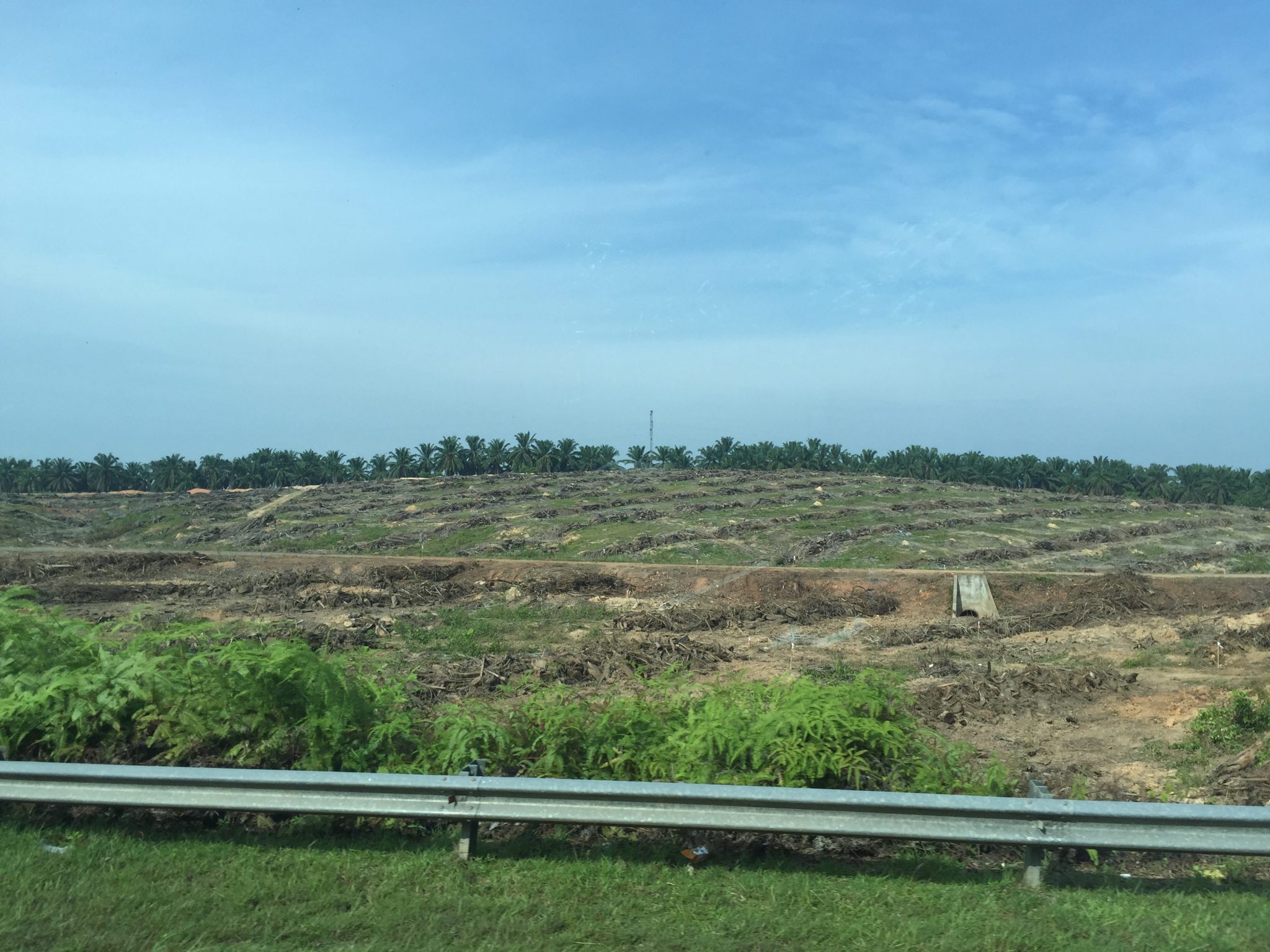
For many smallholder farmers, though, it is also seen as a route out of poverty and half of all supermarket products are reported to contain palm oil. As you’ll imagine we had many questions to ask during a plantation visit and a different perspective was offered from visits to conservation centres set up to care for and rehabilitate elephants and orangutans, displaced as a result of deforestation. It was left up to individuals to decide if they thought this could ever be a sustainable industry or whether the costs outweighed the benefits?
One of the world’s oldest rainforests
The monotony of the plantation landscape was in stark contrast to the luxuriant flora and fauna of Taman Negara; believed to be one of the world’s oldest rainforests. There was much enthusiasm as we travelled by water taxi across the river to spend two nights surrounded by the jungle canopy, teeming with life, providing a continuous backing track to our time in the forest. Is it only a geographer who will get so excited by the sight of a towering buttress root and overhanging lianas?
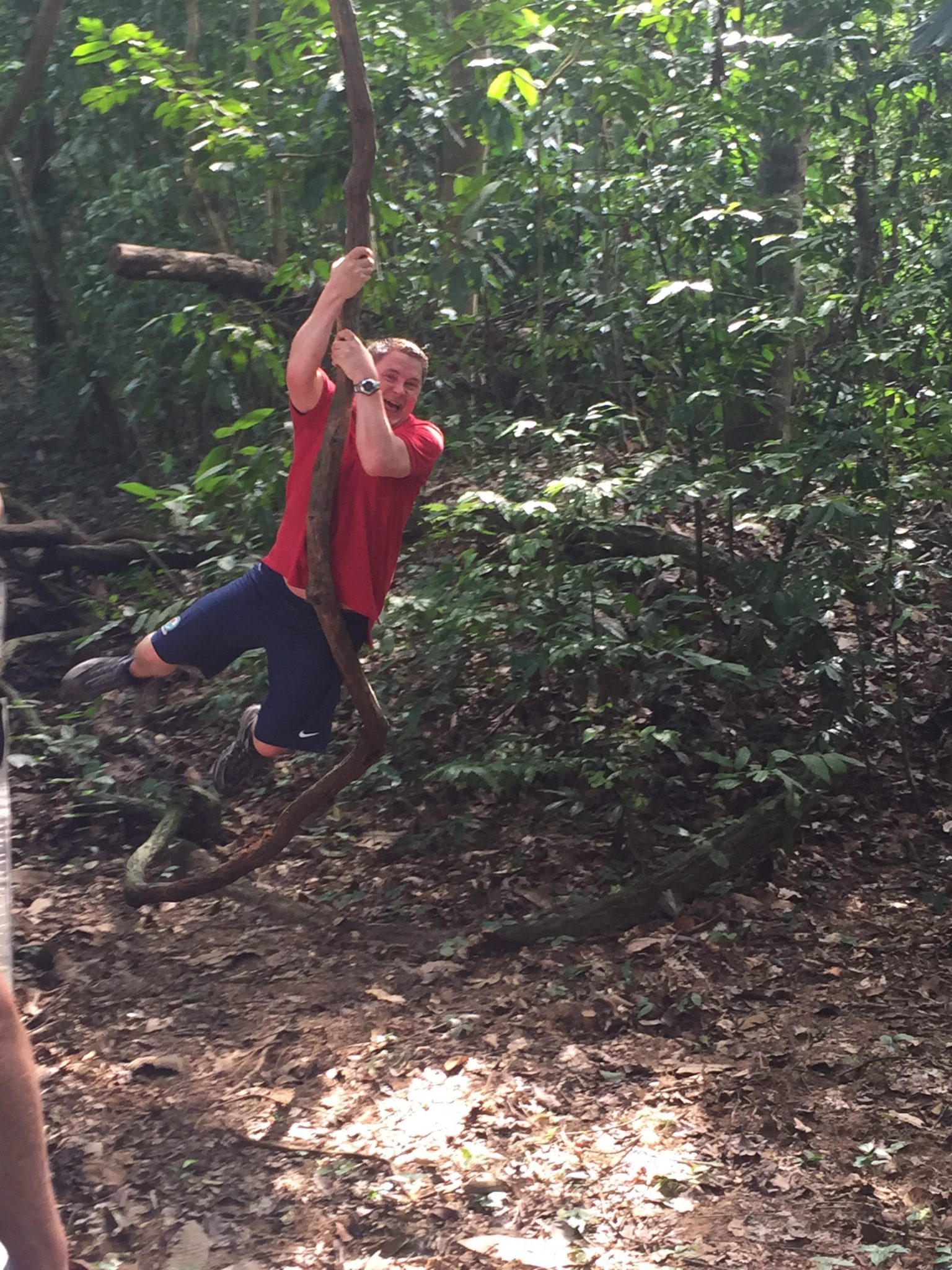
Malaysia is full of biodiversity and we were able to experience a number of contrasting ecosystems, spending time in Mangrove swamps and the Mossy Forest. Many of these environments are under threat but there are concerted efforts at conservation.
Intensive agriculture – terracing and polytunnels
The Cameron Highlands is a popular tourist destination and it is also one of the most fertile agricultural spots in Malaysia. Since the government’s move towards food security, they have embarked upon an intensive agricultural programme and despite the topography every inch of land is crammed with terraces carved into steep hillsides, covered with a sea of polytunnels. Was this an eyesore or essential to Malaysia’s continual development? To what extent has the human activity in the area contributed to the prevalence of landslide and flood hazards?
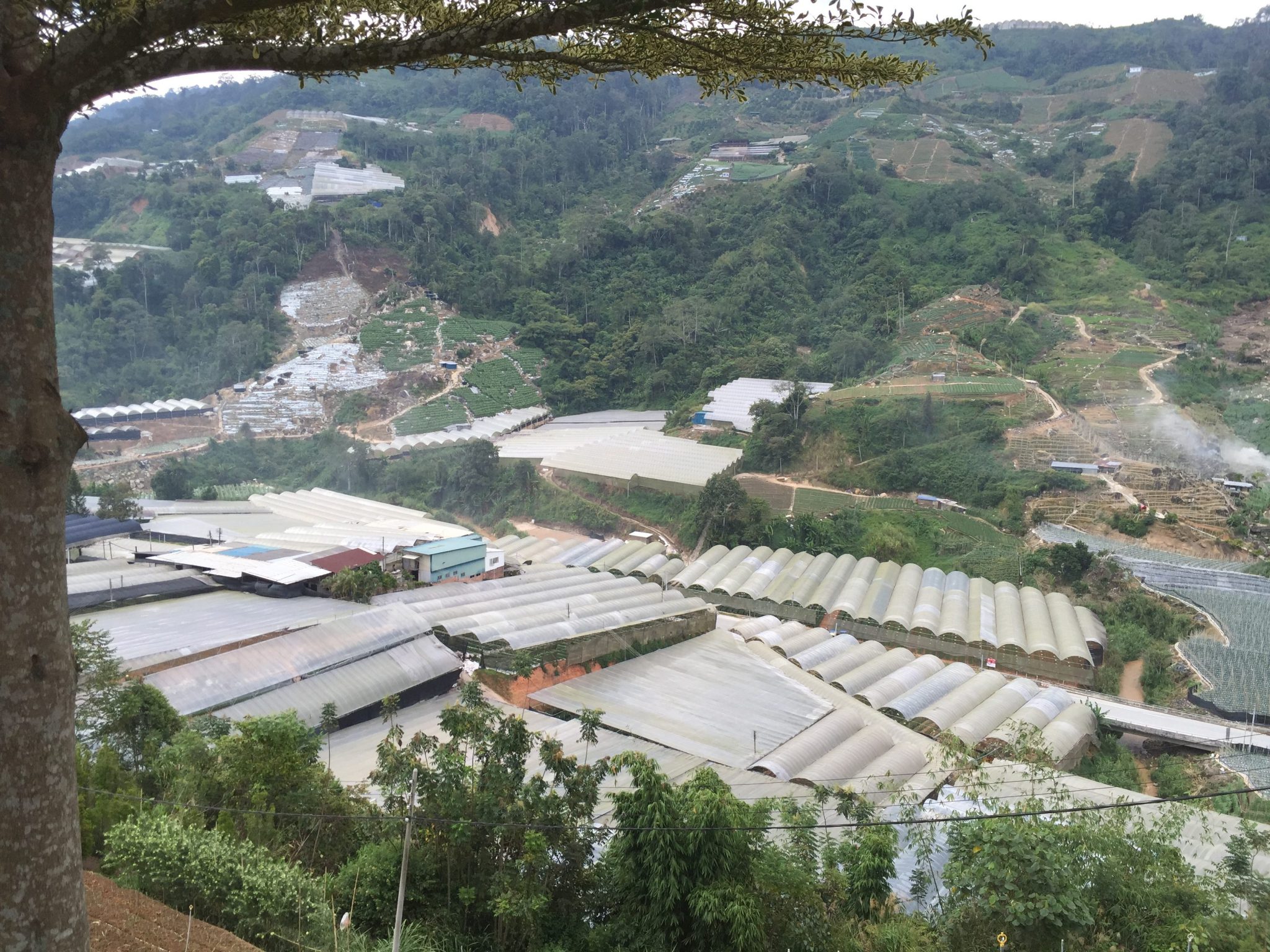
Meeting the indigenous Orang Asli
Throughout our journey we caught glimpses of small settlements, some traditional some more modern, that were home to the Orang Asli; the indigenous people of Malaysia. We were fortunate enough to spend some time in one of these settlements, not for the tourist display of how to use a blow pipe, but to meet the locals and talk to them about their cultures and traditions, their daily lives and the issues they face: forced resettlement, government attempts at integration, inequality, education. We were given a wonderfully warm welcome and came away with a better understanding of the challenges of the indigenous people.
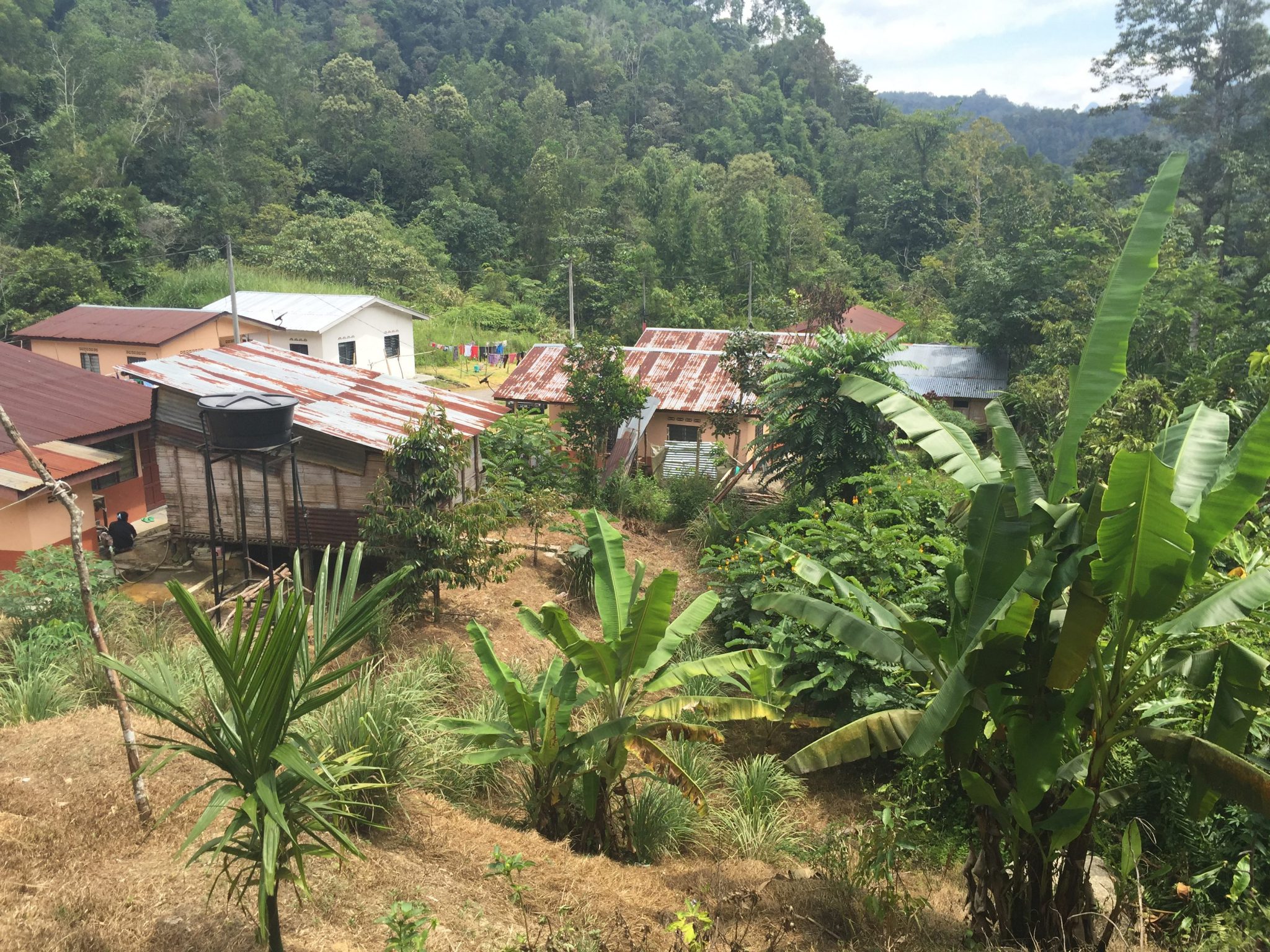
The contrast of Malaysia’s vibrant cities
In contrast to this small settlement we also visited many of the larger cities: Melaka, Ipoh, Kuala Lumpur, George Town. These were fascinating places to explore and worth taking the time to wander through to experience their architectural heritage, the fusion of cultures, imaginative wall murals, vibrant market stalls and delicious food stalls.
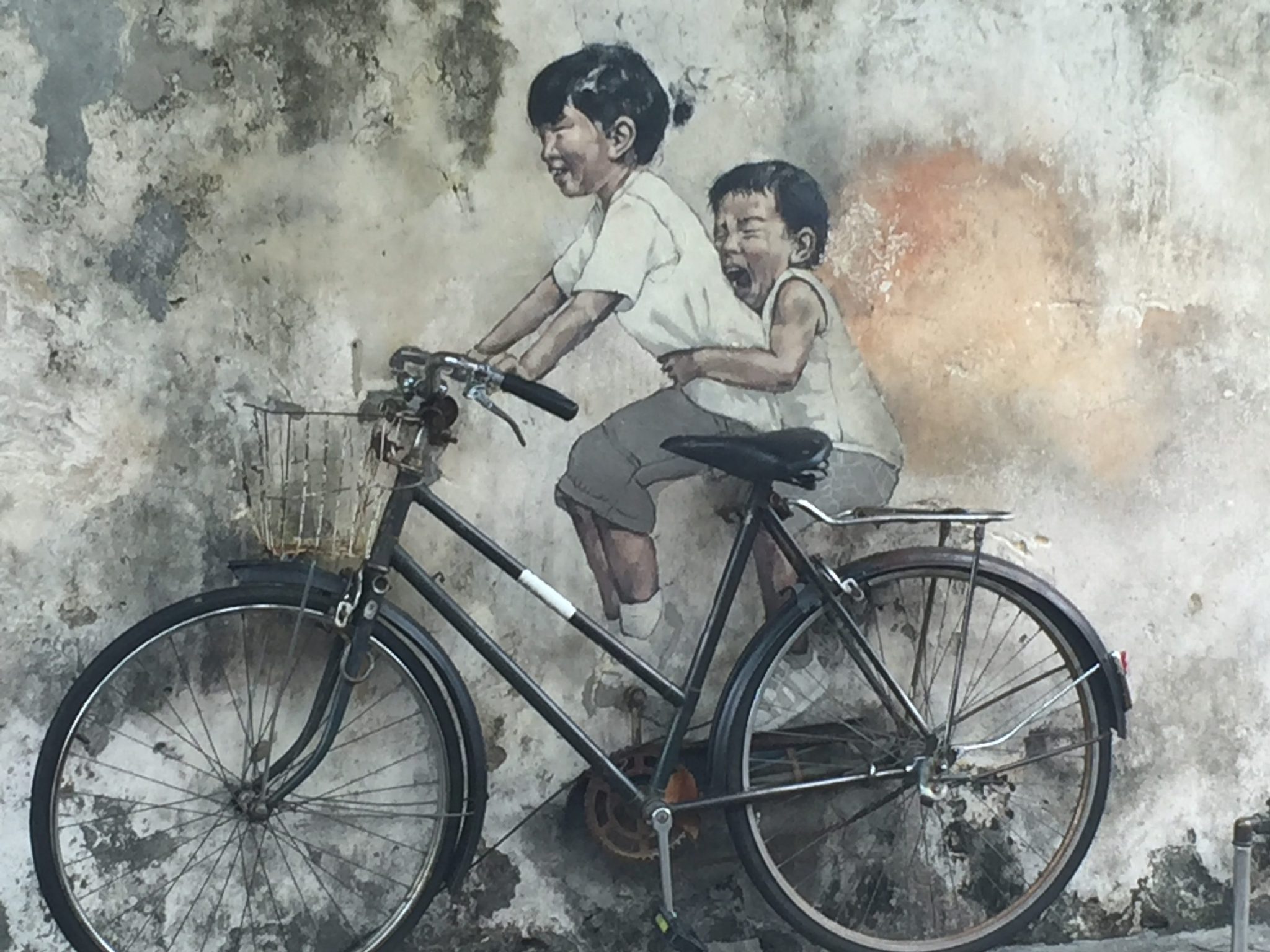
Try it for yourself!
So is Malaysia worth a visit? Definitely. Its diversity is amazing. The various cultures, predominantly Malay, Chinese and Indian, whilst each maintaining an element of individuality, are interwoven to produce a magical and harmonious cultural blend. The natural landscape is mesmerising, the built environment captivating and the food ……. well go and try it for yourself.